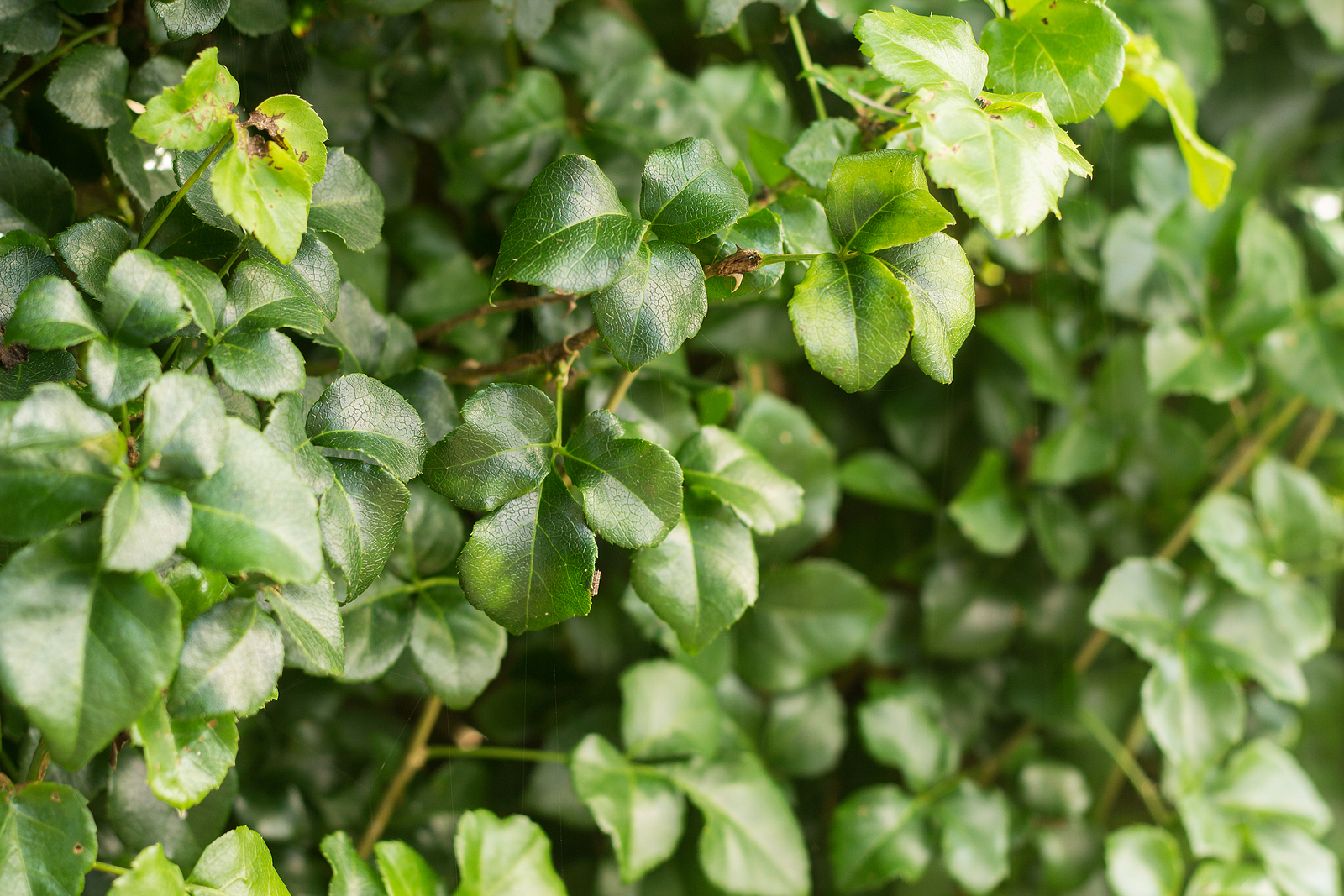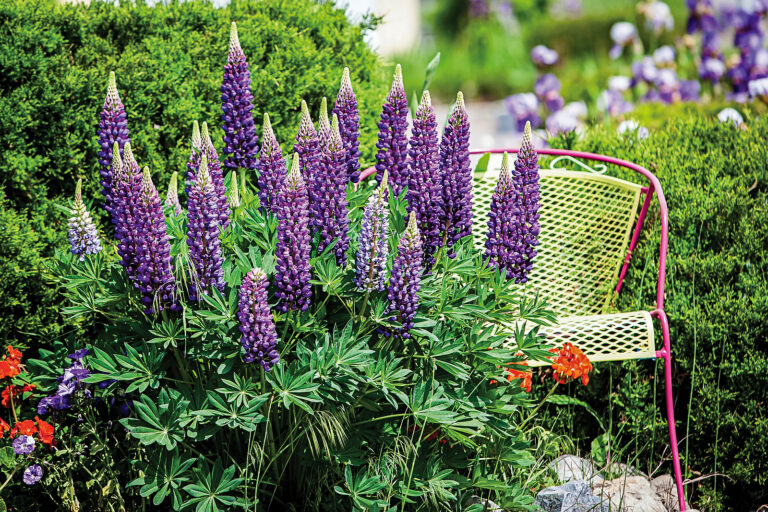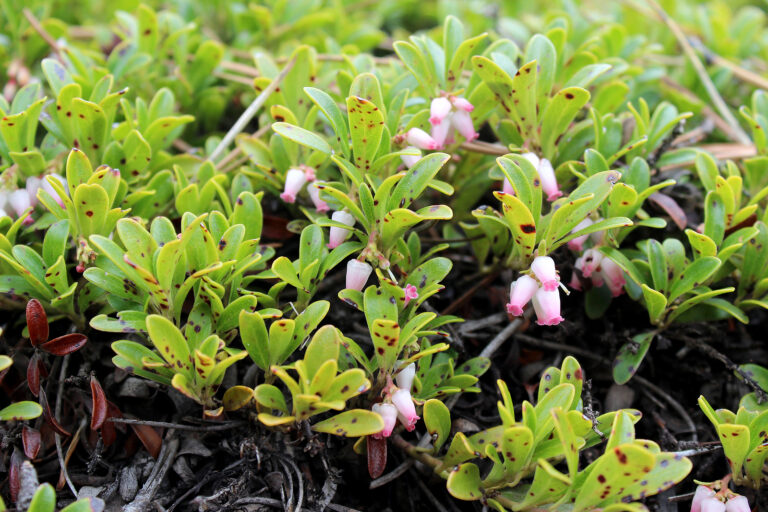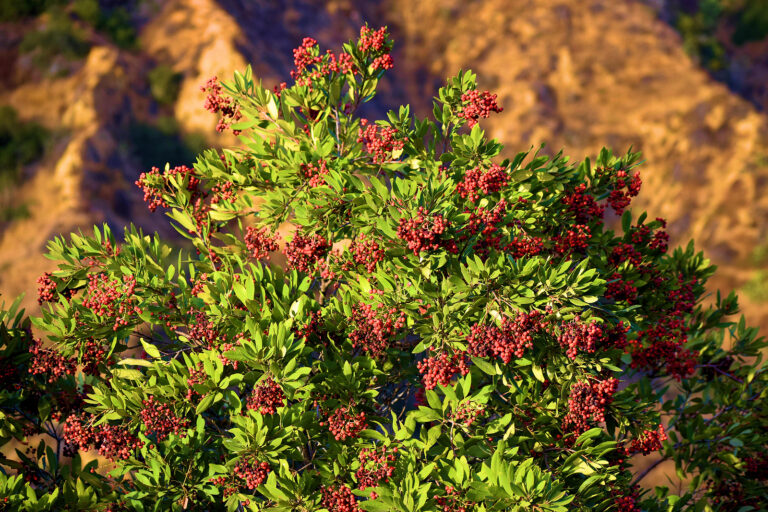How to Grow Acanthopanax – Five-Leaf Aralia
Acanthopanax, commonly known as five-leaf aralia or Siberian ginseng (specifically Eleutherococcus senticosus), is a deciduous shrub known for its ornamental foliage, hardiness, and medicinal uses. This shrub belongs to the Araliaceae family and is native to East Asia, including China, Korea, Japan, and Russia. It typically grows to about 6-10 feet tall and wide, with a bushy, spreading habit.
Acanthopanax is appreciated for its palmate leaves (usually composed of five leaflets), small clusters of white or greenish flowers in summer, and dark blue or black berries that appear in fall. It is an ideal plant for naturalistic gardens, woodland settings, and mixed shrub borders.
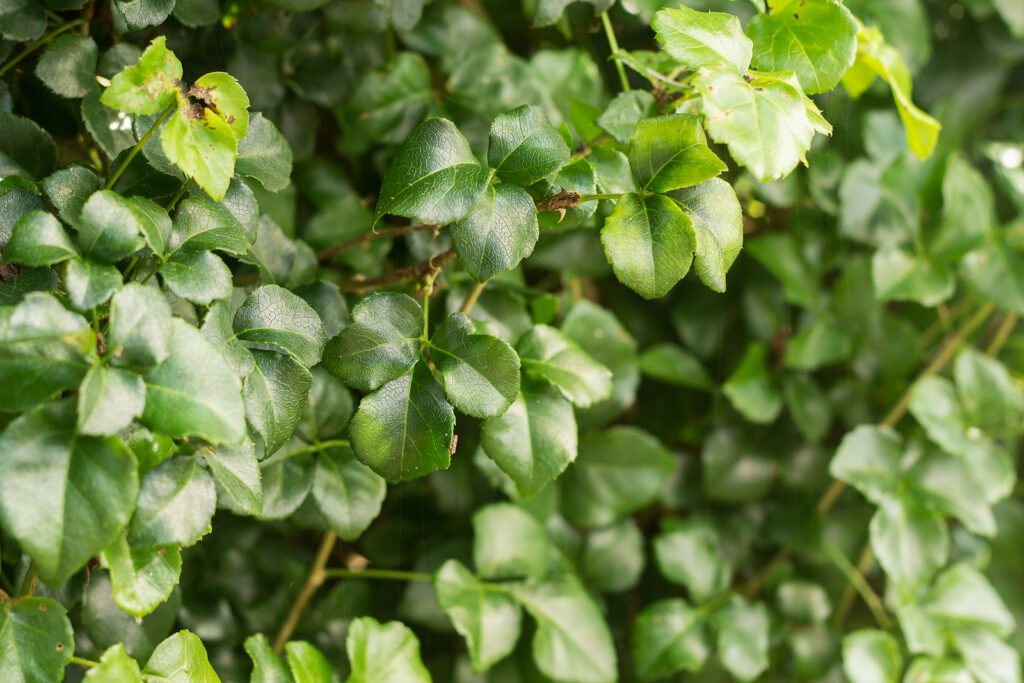
Where to Plant Acanthopanax
Acanthopanax is adaptable but thrives best in certain conditions:
- Light: Prefers partial shade but can tolerate full sun to full shade. In hotter climates, some afternoon shade is beneficial to prevent leaf scorch.
- Soil: Grows well in a wide range of soil types, including loamy, sandy, or clay soils, as long as the soil is well-draining. It prefers slightly acidic to neutral pH (5.5-7.5).
- Space: Make sure to plant acanthopanax with enough room for it to spread, as it can grow to be quite wide. Allow at least 6-10 feet of space for mature growth.
How to Plant Acanthopanax
- Best Time to Plant: Plant in early spring or fall when the weather is cooler. This allows the shrub to establish roots before extreme temperatures arrive.
- Preparing the Soil: Amend the planting area with compost or well-rotted manure to enrich the soil and improve drainage.
- Planting Steps:
- Dig a hole twice as wide and just as deep as the root ball.
- Place the shrub in the hole, ensuring that the top of the root ball is level with the soil surface.
- Backfill with soil, gently firming it around the roots.
- Water thoroughly to help settle the soil and eliminate air pockets.
Caring for Acanthopanax
Watering
- Establishment Phase: Water regularly during the first growing season to help the plant establish a deep, healthy root system. Keep the soil consistently moist but not waterlogged.
- Long-term Care: Once established, acanthopanax is relatively drought-tolerant. Water during prolonged dry spells, especially in summer. Mulching around the base of the plant can help retain soil moisture.
Fertilizing
- Initial Feeding: When planting, incorporate compost or a balanced, slow-release fertilizer to provide nutrients.
- Annual Feeding: Apply a balanced fertilizer (e.g., 10-10-10) in early spring to promote healthy growth. Avoid over-fertilizing, as this can encourage excessive foliage growth at the expense of flowers and berries.
Pruning
- When to Prune: Prune in late winter or early spring before new growth begins. This will help shape the shrub and remove any dead, damaged, or diseased branches.
- How to Prune:
- Thin out crowded branches to improve air circulation.
- Remove any crossing branches to prevent damage.
- Cut back to shape the shrub as desired.
Mulching
- Apply a 2-3 inch layer of mulch around the base of the plant to help maintain moisture, suppress weeds, and regulate soil temperature.
- Use organic mulch such as bark chips, leaf mold, or compost.
Winter Care
- Cold Tolerance: Acanthopanax is hardy in USDA zones 3-8, making it suitable for cold climates. In very harsh winters, applying an extra layer of mulch around the base can help protect the roots from freezing.

Propagating Acanthopanax
Acanthopanax can be propagated through seeds, cuttings, or division:
- Seeds: Collect seeds from mature berries in fall. Sow seeds in a cold frame or directly in the garden, as they require a period of cold stratification for successful germination.
- Cuttings: Take softwood cuttings in summer or hardwood cuttings in late fall. Dip the cut end in rooting hormone and plant it in a well-draining potting mix. Keep the soil moist and place the cutting in a shaded area until it roots.
- Division: Divide mature plants in spring or fall by carefully digging up the root ball and separating it into sections. Replant immediately.
Pests and Diseases
Acanthopanax is generally pest- and disease-resistant but can still encounter a few issues:
- Aphids: Can occasionally infest the plant, feeding on new growth. Control with insecticidal soap or a strong water spray.
- Powdery Mildew: May occur in humid conditions, especially if air circulation is poor. Ensure proper spacing and prune to improve airflow.
- Root Rot: Can happen if the soil is poorly drained. To prevent this, ensure the plant is in well-draining soil and avoid overwatering.
Using Acanthopanax in the Garden
- Woodland Gardens: Acanthopanax’s natural, unpretentious look fits well in woodland and shade gardens. It can be paired with other shade-loving plants like hostas, ferns, and hellebores.
- Hedges and Borders: It can be used as an informal hedge or border plant due to its dense foliage and manageable size.
- Mixed Shrub Borders: The fine-textured foliage of acanthopanax contrasts nicely with larger-leaved shrubs, adding visual interest.
- Wildlife Gardens: The berries attract birds, and the shrub provides shelter for small wildlife, making it a great addition to wildlife-friendly gardens.
- Medicinal Uses: Eleutherococcus senticosus (Siberian ginseng) is known for its medicinal properties, particularly in traditional Chinese medicine. However, if growing for medicinal use, ensure you have the correct species.
Benefits of Growing Acanthopanax
- Hardiness: It can withstand cold temperatures, making it suitable for colder climates.
- Low Maintenance: Requires minimal care once established, with moderate watering and occasional pruning.
- Pest and Disease Resistance: Generally resistant to most common garden pests and diseases.
- Attracts Wildlife: The berries provide a food source for birds, and the dense foliage offers shelter.
- Year-Round Interest: The attractive foliage provides structure in the garden throughout the growing season, and some species have ornamental berries in the fall.
Summary
Acanthopanax is a versatile and low-maintenance shrub that adds interest to shaded or woodland gardens. With its ability to tolerate different light conditions and soil types, it is an adaptable choice for various garden settings. Whether used for hedges, wildlife gardens, or naturalistic landscapes, acanthopanax offers a unique texture and appeal with minimal care requirements. Proper planting, occasional pruning, and good soil drainage will ensure a healthy and attractive addition to your garden.

